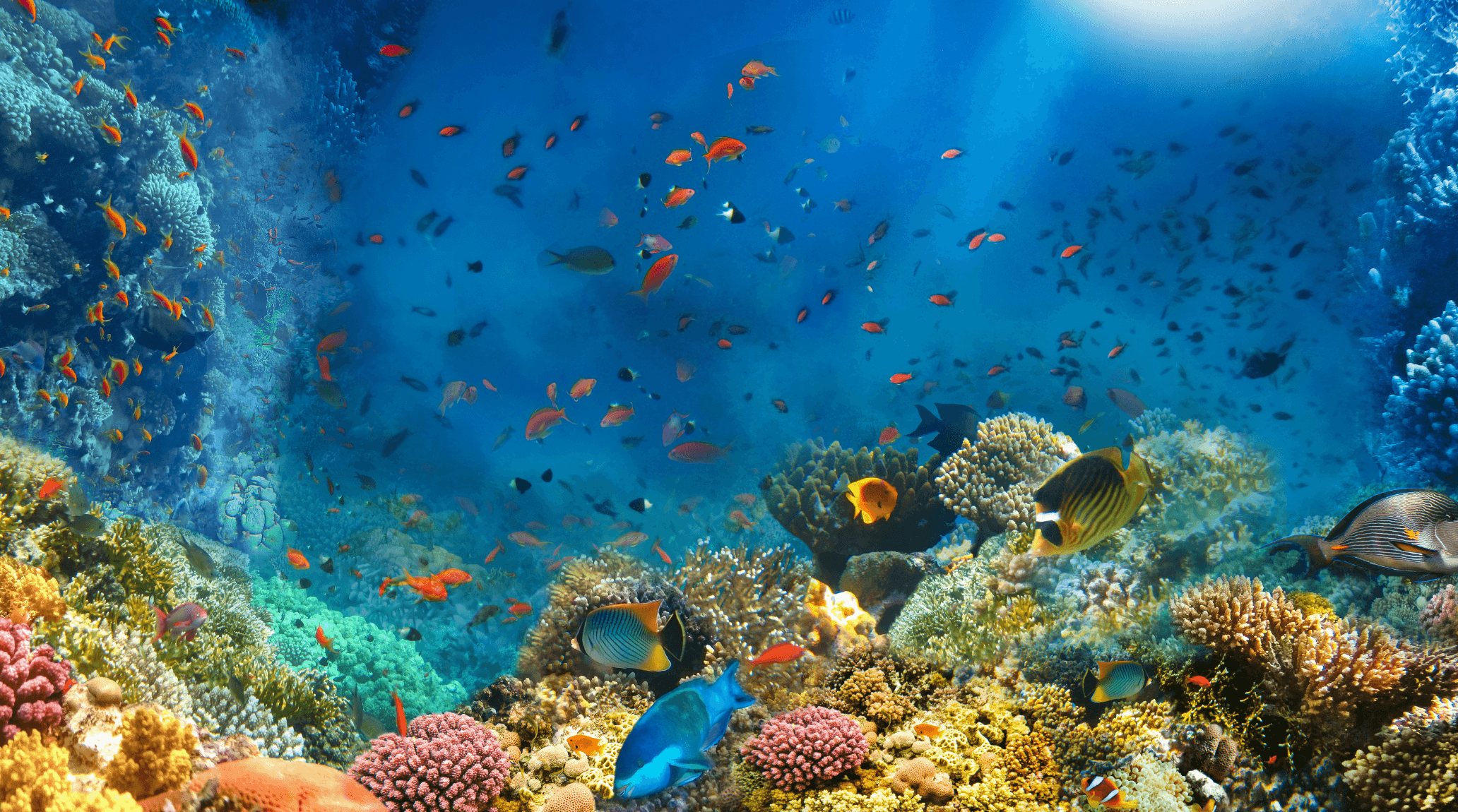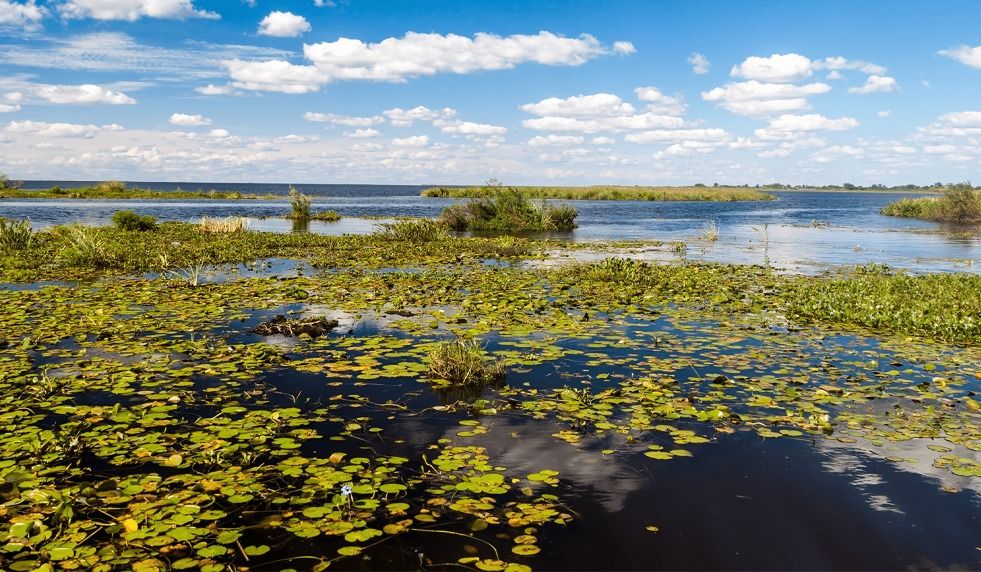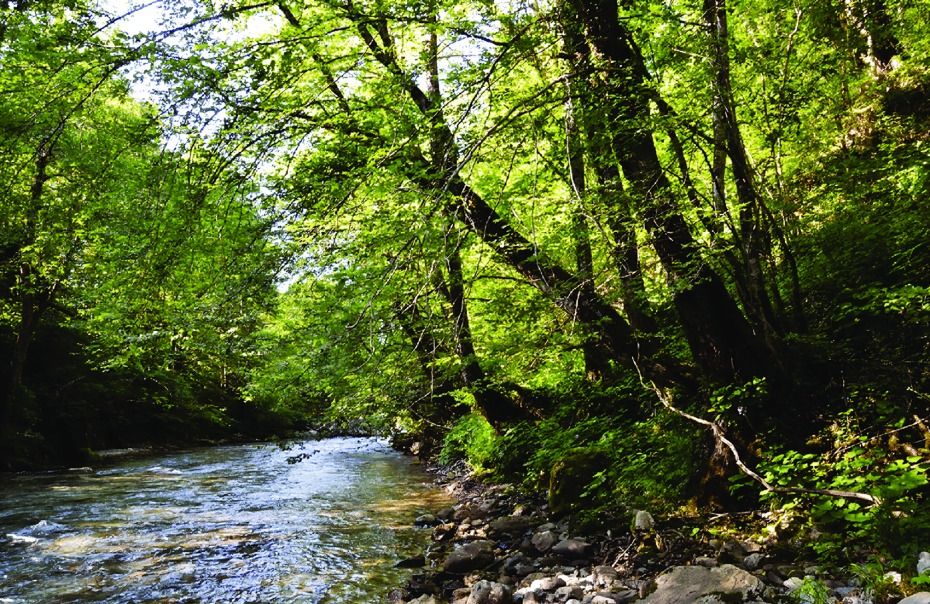
“
Environmental Uses of Water are crucial for sustaining ecosystems and supporting various natural processes. Water plays a vital role in maintaining habitats, regulating climate, and supporting plant and animal life. It is essential for wetlands, which act as natural water filters and flood buffers, and for rivers and lakes that provide habitats for diverse species. Additionally, water is integral to the health of forests and grasslands, influencing growth and productivity. Understanding and managing the Environmental Uses of Water helps ensure the balance of ecosystems, supports biodiversity and contributes to the overall health of our planet. Proper stewardship of water resources is essential for long-term environmental sustainability.1
1
”
Water supports diverse ecosystems by sustaining wetlands, which act as natural filters and flood buffers, provide habitat for wildlife, and contribute to biodiversity, highlighting its crucial role in maintaining environmental health and resilience.1
In the process of soil formation, water facilitates the weathering of rocks and minerals, breaking them down into fertile soil that supports plant life and contributes to the development of diverse ecosystems. 2
Water is strategically used to prevent soil erosion in agriculture and construction. Techniques like controlled irrigation and landscaping help stabilize the soil, reducing the risk of landslides and preserving valuable topsoil in vulnerable areas. 3
Forests rely on water for their health and growth, with trees absorbing moisture from the soil and releasing it into the atmosphere through transpiration. This process contributes to local climate regulation and supports diverse plant and animal species. 4

Water is critical in sustaining wetlands, which trap carbon dioxide and help mitigate climate change. These environments also filter pollutants from water, provide flood control, and support a wide range of wildlife.
Marine environments, including oceans and coral reefs, rely on water for nutrient cycling and temperature regulation. Healthy marine ecosystems support fisheries, protect coastlines, and contribute to global climate stability by sequestering carbon dioxide. 5
In construction and mining, water is often sprayed on surfaces to control dust. This practice helps reduce air pollution, protect workers' health, and minimize the impact of dust on nearby communities and ecosystems. 6
Water bodies such as ponds and marshes act as natural habitats for amphibians and migratory birds. These environments support complex food webs and contribute to the survival of many species, underscoring water’s role in biodiversity. 7
Groundwater recharge is essential for maintaining aquifer levels, which provide a reliable source of freshwater for drinking, agriculture, and industry. Recharge areas help sustain groundwater supplies and support ecosystems dependent on underground water sources. 8
Water’s role in nutrient cycling within ecosystems is crucial, as it helps transport essential nutrients through soil and aquatic systems. This process supports plant growth and contributes to the overall health of ecosystems. 9
Algae grown in water can be converted into biofuel, offering a sustainable alternative to fossil fuels. This process helps reduce greenhouse gas emissions and reliance on non-renewable energy sources, supporting environmental sustainability. 10
Water is essential in industry for cooling, processing, and cleaning. It supports various manufacturing processes, such as cooling machinery, mixing materials, and washing products. Efficient water use is crucial for operational success and environmental sustainability. 11
Managed environmental watering helps migratory fish by timing water releases to boost breeding and movement. Floodplain wetlands provide food for young fish, which benefits recreational fishers who rely on these important species. 12
Water plays a key role in creating and maintaining green spaces in urban areas, such as parks and gardens. These spaces improve air quality, provide recreational opportunities, and contribute to the overall well-being of urban populations. 13

Water is integral to the functioning of riparian forests that are found along rivers and streams. These forests enhance water quality by filtering runoff, providing shade, and supporting wildlife, contributing to ecosystem health.
Water is crucial for generating electricity, primarily through hydroelectric power plants. These plants harness the kinetic energy of flowing water to turn turbines, which then convert the energy into electrical power, providing a renewable and efficient energy source. 14
During dry periods, water is strategically allocated to establish refuge areas for essential plant and animal species. This careful management ensures their survival by providing critical habitats and supporting long-term ecological balance despite reduced water availability. 15
The construction of dams and weirs has ensured a more reliable water supply but has disrupted natural flow cycles, negatively impacting river and wetland health. Increased river water demand has further reduced water available for floodplain habitats. 16
Water’s role in climate regulation is significant, as it influences temperature and weather patterns through processes like evaporation and condensation. This contributes to global climate stability and supports diverse climate zones. 17
Rivers and streams play a vital role in shaping landscapes through erosion and sediment transport. This natural process creates diverse habitats, supports plant and animal life, and contributes to the formation of fertile soil in floodplains. 18


